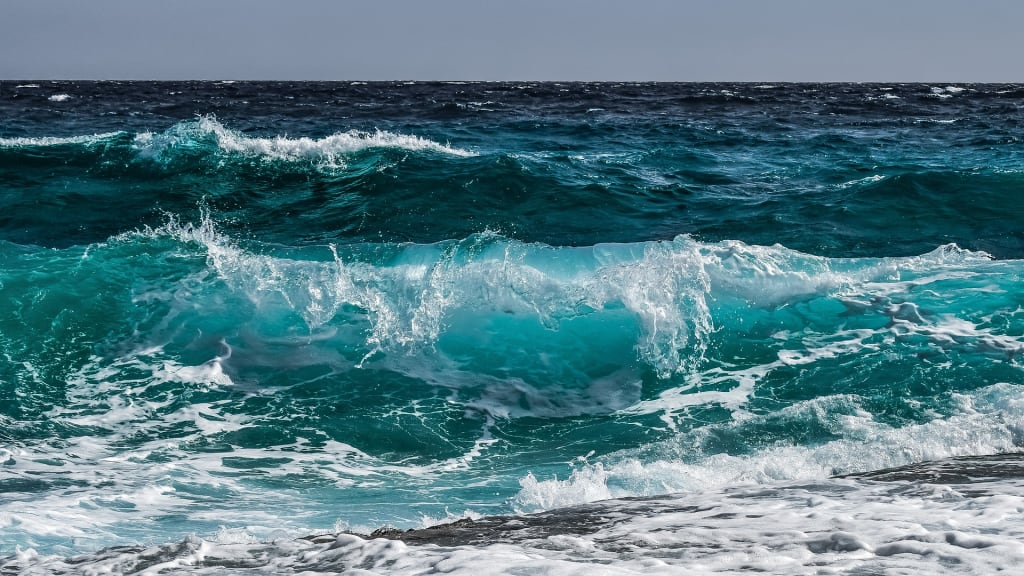Fukushima Nuclear Water Released into the Ocean: Reassurance or Reason for Concern?
Examining the Safety of Discharged Water from Fukushima and its Implications for the Environment and Public Health

Introduction
In a significant development surrounding the Fukushima Daiichi nuclear disaster of 2011, the Japanese government has recently announced its decision to release treated radioactive water from the damaged plant into the Pacific Ocean. While scientists assure us of its safety, this decision has sparked concerns and debates worldwide. Should we truly be reassured, or is there a valid cause for worry regarding the potential consequences for the ocean ecosystem and human health?
Background and Treatment Measures
The Fukushima Daiichi nuclear disaster, triggered by a massive earthquake and tsunami, resulted in the release of substantial amounts of radioactive material into the environment. As a result, vast amounts of contaminated water were accumulated at the site, requiring extensive management and treatment measures. Over the years, Tokyo Electric Power Company (TEPCO) has employed advanced water treatment technologies to remove most of the radioactive elements, except for the relatively less harmful tritium, from the accumulated water.
Scientific Assessment: Is the Water Safe?
Numerous scientific studies and international organizations, including the International Atomic Energy Agency (IAEA), have evaluated the safety of discharging the treated Fukushima water into the ocean. These assessments consistently conclude that the released water poses minimal risks to both the environment and human health. Tritium, the main remaining radioactive isotope, occurs naturally in the environment and is considered less harmful compared to other radioactive isotopes found in the water.
The dilution factor plays a crucial role in ensuring the safety of the discharged water. The Pacific Ocean is vast, and the planned gradual release of the treated water will result in a high degree of dilution, minimizing potential impacts on marine life and ecosystems. Furthermore, tritium has a relatively short half-life, which means it decays rapidly and loses its radioactivity over time. Despite these assurances, concerns persist, particularly regarding the potential long-term effects and the broader perception of nuclear energy.
Environmental Impact and Ecosystem Concerns
While the scientific consensus supports the safety of discharging treated water, there are valid concerns about the potential ecological impact. Marine life near the Fukushima coast has already faced severe disruption due to the initial disaster, including the loss of biodiversity and the presence of radioactive contamination. Critics argue that the additional discharge of tritium-contaminated water might exacerbate these challenges and have unknown consequences for the marine ecosystem.
Monitoring and Mitigation Measures
To address these concerns, the Japanese government and TEPCO have committed to implementing extensive monitoring and mitigation measures. This includes regular monitoring of the ocean waters, marine life, and seafood to ensure compliance with safety standards. Transparency and international collaboration are also crucial in maintaining trust and addressing potential risks associated with the discharged water.
Public Perception and Engagement
Apart from the scientific aspects, public perception and engagement play a vital role in assessing the acceptability of the discharged water. Fukushima's legacy has significantly impacted public trust in nuclear energy, and concerns about potential health risks and contamination persist. Meaningful communication, information transparency, and public participation in decision-making processes are necessary to address these concerns and promote confidence in the management of nuclear accidents.
Conclusion
The decision to release treated Fukushima nuclear water into the ocean has sparked a global debate on the safety and implications of such an action. While scientists emphasize the minimal risks associated with the discharged water, concerns about environmental impact and public health remain. Robust monitoring, mitigation measures, and transparent communication are essential to address these concerns and maintain public trust. Ultimately, striking a balance between the urgent need to manage the accumulated water from the Fukushima disaster and the preservation of the marine ecosystem is crucial. The scientific consensus supports the safety of releasing the treated water, highlighting the dilution factor and the relatively low risk posed by tritium. However, it is essential to continue monitoring the environmental impact and engage in ongoing research to address any unforeseen consequences. Moreover, actively involving the public in decision-making processes and fostering open dialogue will help build trust and ensure that concerns are adequately addressed. As we navigate the complex challenges of nuclear energy and environmental stewardship, a holistic approach that combines scientific expertise, responsible management, and public engagement is paramount for shaping a sustainable future.
About the Creator
Enjoyed the story? Support the Creator.
Subscribe for free to receive all their stories in your feed. You could also pledge your support or give them a one-off tip, letting them know you appreciate their work.





Comments
There are no comments for this story
Be the first to respond and start the conversation.